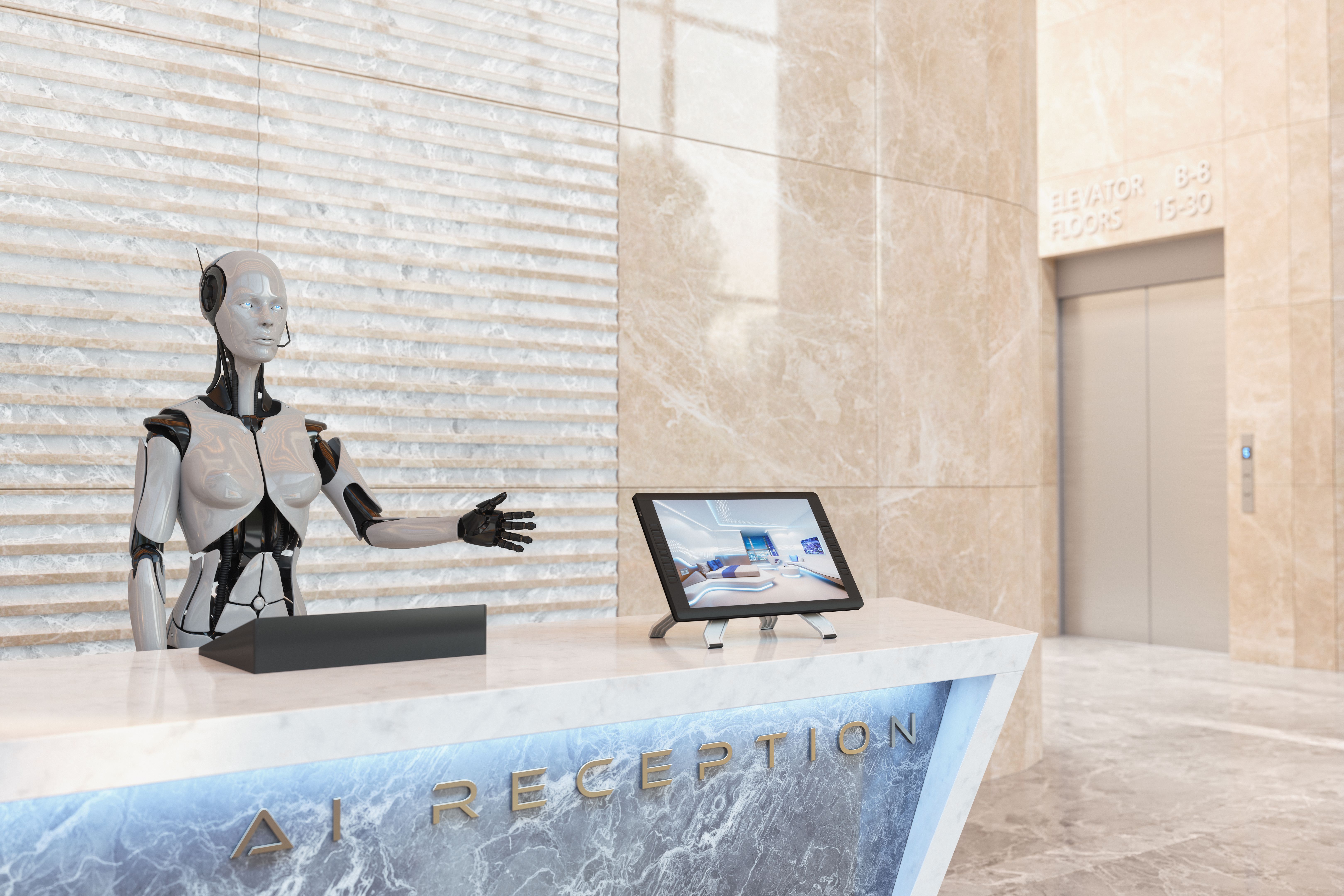Maximizing Productivity with AI Receptionists: A Step-by-Step Guide
Introduction to AI Receptionists
In today's fast-paced business environment, maximizing productivity is crucial. One of the innovative solutions gaining popularity is the use of AI receptionists. These digital assistants can handle a variety of tasks, freeing up human employees to focus on more strategic activities. This guide will walk you through how to effectively implement AI receptionists in your organization.

Understanding the Role of AI Receptionists
AI receptionists are designed to mimic the tasks of a human receptionist. They can manage phone calls, schedule appointments, provide customer support, and even engage with clients through chatbots. By leveraging AI technology, businesses can ensure a seamless and efficient front-office experience.
These digital assistants are powered by advanced algorithms and machine learning, allowing them to understand and respond to a wide range of inquiries. As they learn from interactions, their accuracy and efficiency improve over time, making them an indispensable part of the workplace.
Benefits of Implementing AI Receptionists
There are several benefits to integrating AI receptionists into your operations:
- Cost Efficiency: Reduce overhead costs associated with hiring and training human receptionists.
- 24/7 Availability: Provide round-the-clock service to customers, enhancing customer satisfaction.
- Consistency: Ensure uniform service delivery with reduced chances of human error.

Step-by-Step Implementation Guide
- Identify Needs: Start by assessing the specific needs of your business. Determine which tasks can be automated and the level of interaction required with clients.
- Select a Provider: Research and choose a reputable AI technology provider that aligns with your business goals and budget.
- Integration: Work closely with your IT team to integrate the AI receptionist into your existing systems. This may involve connecting it with your CRM, phone systems, and email platforms.
- Training and Customization: Customize the AI with your business-specific language and protocols. Provide initial training data to help it understand common queries and responses.
Overcoming Challenges
While AI receptionists offer numerous benefits, businesses may face challenges during implementation. Data privacy concerns, integration complexities, and initial setup costs can be hurdles. However, by collaborating with experienced providers and ensuring robust security measures, these challenges can be effectively managed.

Measuring Success
To gauge the success of your AI receptionist, establish key performance indicators (KPIs) such as response time, customer satisfaction scores, and call resolution rates. Regularly review these metrics to identify areas for improvement and ensure that the AI continues to meet business objectives.
By monitoring these factors, businesses can make data-driven decisions to optimize their AI systems, ensuring continuous improvement and alignment with company goals.
Conclusion: Embracing the Future
AI receptionists represent a significant step forward in streamlining business operations. By effectively implementing these digital assistants, companies can boost productivity, enhance customer experiences, and stay competitive in a rapidly evolving market. As technology continues to advance, embracing AI solutions will become increasingly essential for success.
Start your journey today by exploring how an AI receptionist can transform your business operations and drive growth.
